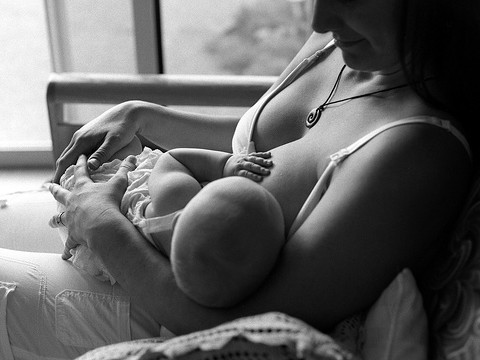Whether youà¢â‚¬™re looking for a breast pump to use while youà¢â‚¬™re working or to occasionally leave a bottle for a babysitter, numerous breast pumps are available in a wide range of prices and features.
Manual breast pumps
Ità¢â‚¬™s pretty self-explanatory, but a manual breast pump is one in which you squeeze a lever to create suction and pull milk from your breasts into a collection container. These work well for occasional pumping sessions. Some women like that they can easily control the suction coming from a manual breast pump. Manual pumps do, however, pump only one breast at a time. Since an average pumping session is 10 to 15 minutes per breast, they take longer.

Battery-powered breast pumps
Battery-powered breast pumps are somewhere in between manual and electric ones. They cost less than an electric pump and also pump only one breast at a time.
Electric breast pumps
Not all electric breast pumps are created equal. While most are double systems that pump both breasts at the same time, they range in price from $150 to $300. Some considerations are adjustable suction levels (every woman has a different comfort level), pumps per minute (the higher-end personal electric pumps range from 40 to 60 times per minute), ease of use and to clean, accessories (battery pack or car adapter for pumping on the go), and shield sizes (most breast pumps come with standard shield sizes, but some women need larger or smaller shields).
The most high-end electric breast pump is the hospital-grade pump. These are larger pumps that arenà¢â‚¬™t portable but are ideal for moms with babies in the NICU or those having trouble with breastfeeding. They are the most heavy duty pumps that typically cost $1,000 or more. Most hospitals have them available for rent. You would need to purchase your own tubing and shields (around $30 to $60) in addition to the rental fee.
Open systems vs. closed systems
The other factor to consider in any electric breast pump is whether it uses an open or closed pumping system. In an open pumping system, there isnà¢â‚¬™t a barrier between the pump mechanism and the milk collection kit. The pump pulls air from the room as it fills the bottle with your milk. In these systems, you have to be careful of rinsing the tubing because mold can grow and contaminate your breast milk.
In a closed pumping system, a barrier between the pumping mechanism and milk collection kit protects your milk from coming into contact with the air. All hospital-grade pumps (as well as the Ameda Purely Yours) use this system so the pumps can be used by numerous women. Closed pumping systems are the only ones that the FDA recommends as OK for more than one user.